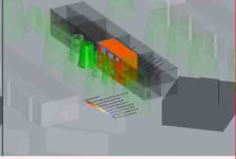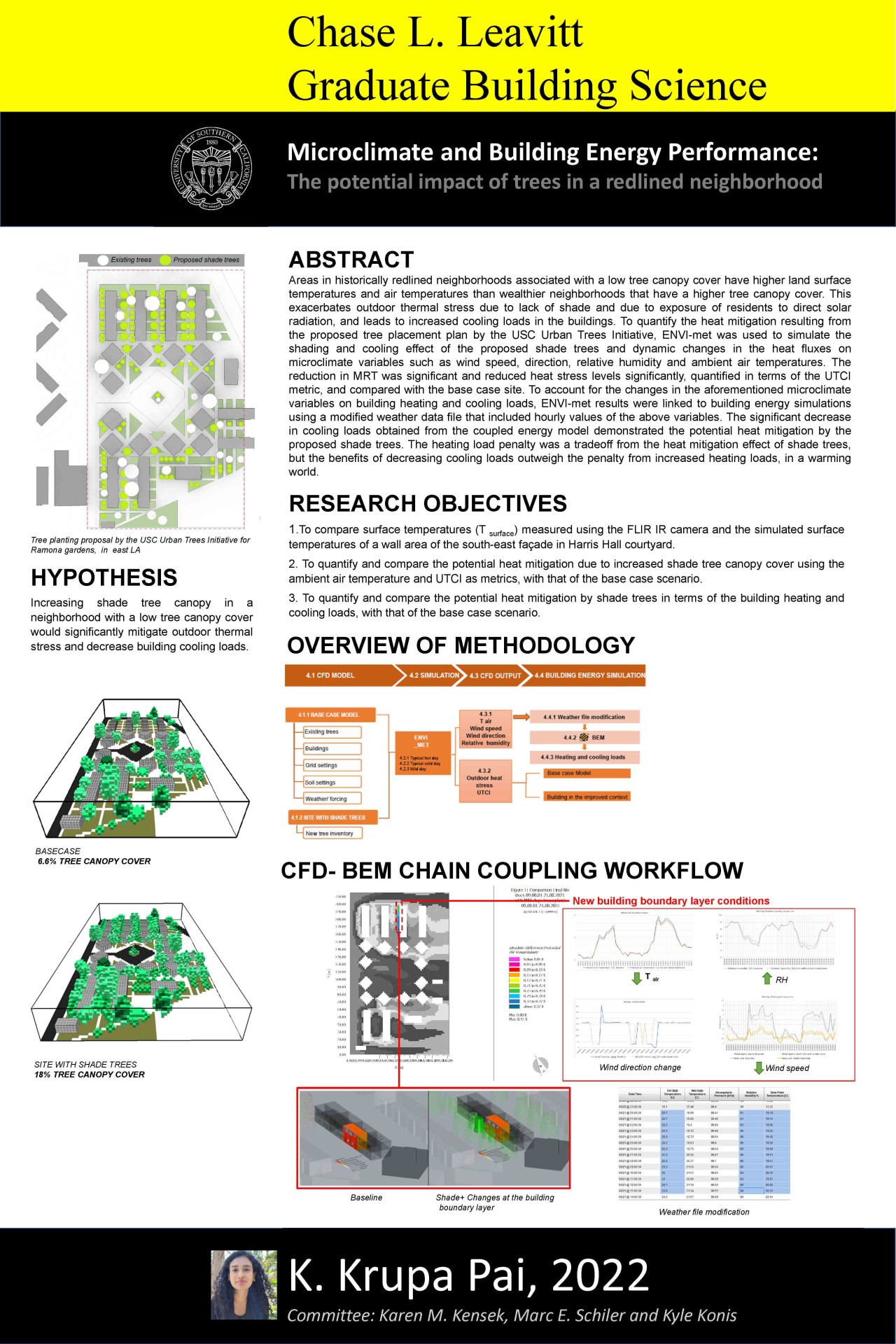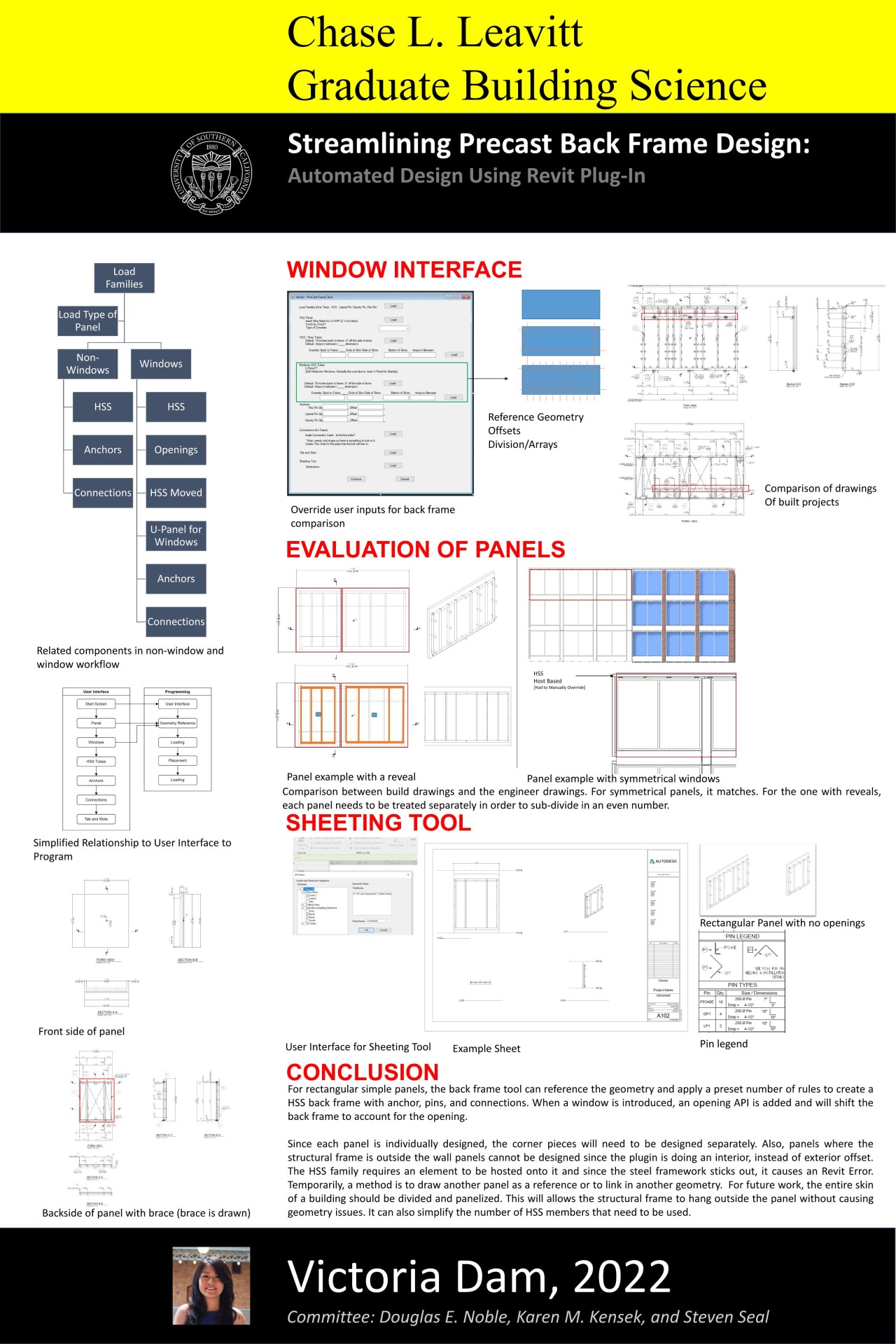Microclimate and Building Energy Performance
Areas in redlined neighborhoods associated with very low tree canopy cover are hotter than their greener and wealthier counterparts in Brentwood and Los Feliz. Hotter surroundings include high outdoor heat stress due to exposure to direct shortwave radiation and increased building cooling loads, which impact the health and wellbeing of residents. The heat mitigation due to a proposed shade tree planting intervention by the USC Urban Trees initiative was quantified in terms of the outdoor heat stress metric UTCI(universal thermal climate index) and on building cooling loads. A coupled energy model was used to simulate the impact of shading and evapo transpirative cooling by trees on the building heating and cooling loads in mixed mode(natural ventilation) and on thermal autonomy in free running mode. The improvement in outdoor heat stress by the added shade trees was limited when compared to the base case scenario of low tree canopy. The decrease in cooling loads due to the shading and the cooling effect of trees was significant.



